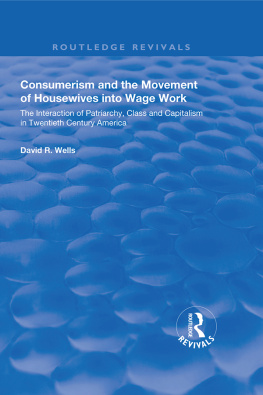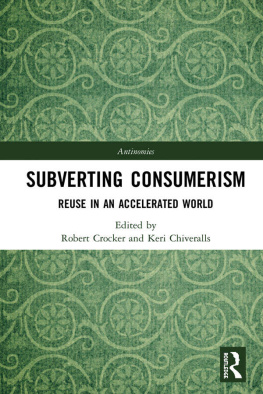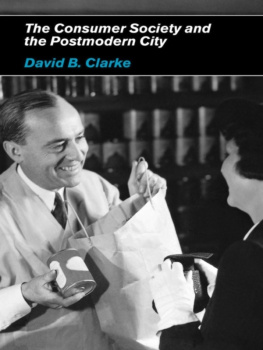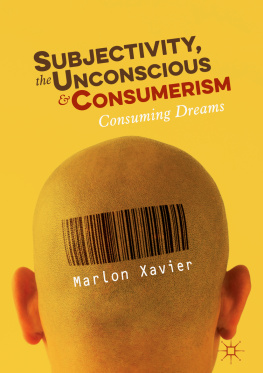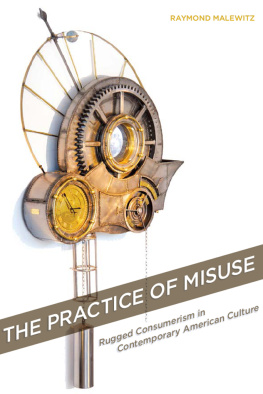First published 1998 by Ashgate Publishing
Reissued 2018 by Routledge
2 Park Square, Milton Park, Abingdon, Oxon OX14 4RN
711 Third Avenue, New York, NY 10017, USA
Routledge is an imprint of the Taylor & Francis Group, an informa business
Copyright D. R. Wells 1998
All rights reserved. No part of this book may be reprinted or reproduced or utilised in any form or by any electronic, mechanical, or other means, now known or hereafter invented, including photocopying and recording, or in any information storage or retrieval system, without permission in writing from the publishers.
Notice:
Product or corporate names may be trademarks or registered trademarks, and are used only for identification and explanation without intent to infringe.
Publishers Note
The publisher has gone to great lengths to ensure the quality of this reprint but points out that some imperfections in the original copies may be apparent.
Disclaimer
The publisher has made every effort to trace copyright holders and welcomes correspondence from those they have been unable to contact.
A Library of Congress record exists under LC control number: 98073505
ISBN 13: 978-1-138-61154-2 (hbk)
ISBN 13: 978-0-429-46082-1 (ebk)
I want to first thank my wife, Rochelle, for her support emotionally and in helping proofread and edit this manuscript. Of course, after reading , one consequence will be that we will have many conversations on improving the household division of labor in our own marriage.
I also want to thank those who critiqued an earlier manuscript, which was my doctoral dissertation. The comments of Nora Hamilton, John Elliott, and Michael Messner were most appreciated. Nora, as my dissertation advisor, eagerly and promptly read many drafts of the work in progress and always provided useful advice, especially with respect to organization.
Two helpers, who took turns nestling comfortably at my feet, our dogs, Ruby and Jeremiah, certainly made the hours of solitary writing more enjoyable. Whenever I turned the computer on, they would both come running to see who would get under the desk first and who would take residence on a bare spot of carpet. However, in the time between the completion of the dissertation and this manuscript, Jeremiah died. Although we now have added a new dog, Jasmine, to our family, Ruby now has claimed the spot permanently, even when the computer is not on.
My parents, Joan and Rod Wells, have helped in important ways. They have served as important role models and always supported my academic pursuits. While working on the dissertation, my fathers constant eagerness to set a date to fly out for graduation kept me moving along. As my motivation sometimes ebbed, these reminders were quite helpful. He passed away a year after I finished; so I am certainly thankful for his persistence.
My mother grew up in a working class family and was the first one in her family to go on to college. She even completed a masters degree in education, which was when she met my father. Like many middle class wives (perhaps especially ones that grew up in working class homes), she was a full-time homemaker, while my brother and I were growing up. In her mid-forties she became actively involved in the labor force doing nonprofit community work. Since entering wage work, she has become a community leader and has expressed puzzlement at how she managed all those years as just a housewife. As you read on, you will discover my answer to that puzzle.
While not on the title page I do wish to thank Earlham College, where I taught prior to coming to Arizona State, for its assistance. Special gratitude goes to Elaine Nelson, the interlibrary loan librarian, and the computer staff for helping provide me the resources and tools to research and write revisions to the manuscript.
Finally, I would like to thank the folks at Ashgate for giving me the opportunity to present this book to a wider audience.
David R. Wells
Tempe, Arizona
Today we truly live in a world of goods. So much so that we nearly take it for granted. Shopping has become a favorite social activity and an activity that is often gender-typed as feminine. Yet what is the link between consumerism, capitalism and gender?
Within popular culture, modern consumerism is generally thought to be a phenomenon of the post-World War II era. Certainly in contrast to the Great Depression that idea seems true. Yet actually historians trace the roots of consumerism back to the sixteenth century (McKendrick 1982), although the particular escalation in material values appears to hasten in the late nineteenth century with the rise of monopoly capitalism.
In the vernacular, our understanding of consumerism has often been framed in terms of manipulative advertising at one extreme or the accelerated pace of technical progress meeting human needs at the other. What is intriguing is that neither of these explanations has a particular gender emphasis to them. This suggests that popular explanations are at best incomplete.
Academic research on consumerism has often emphasized its class nature or its gender nature. An integration of these two themes has generally been incomplete. Two examples demonstrate this point. Even though Thorstein Veblens Theory of the Leisure Class noted how wealthy men placed their adorned wives on conspicuous display, his emphasis was on social class, not gender. Conversely, Susan Porter Benson in her book, Countercultures: Saleswomen, Managers, and Customers in American Department Stores, 1890-1940 notes that department stores primarily served upper class women. However, she does not fully explore the class meaning and roots of consumption.
I do not merely wish to connect class and gender to the development of consumerism. I will argue that consumerism, although a key element in the successful establishment of the homemaker ideal, ultimately undermines it and becomes a motivating force (although not the only one) for why middle and upper class women moved from homemakers to the work force in the twentieth century. In a reversal of ideals, we now see that homemaking is no longer a position of high prestige for women, but actually one that may invite social scorn, especially the single or divorced mother who relies on state assistance to help her raise her children.
In the first two chapters of the book I argue that we need a theory of consumption in order to understand why women entered the labor force. In , I review the empirical data since 1890 on married womens labor force participation. Although early census figures understate the actual level of participation, I see a general growth especially among urban white married women. However, this growth in wage work I argue initially is largely tied to social class with working class women being far more likely to be engaged in paid labor. Not until 1960 do we see a trend suggesting that middle and upper class women are doing the same. The fact that monetary need is so strongly correlated with labor force participation, even though through much of the period male wages are rising suggests a possible underlying consumer motivation, co-existing with a homemaker ideal. However, after 1960 that ideal appears to be in decline.
These dual issues of working for wages, as opposed to working in the home, suggest the need for a theoretical understanding of how the division of labor in the home is determined. In I examine neoclassical and Marxist-Feminist arguments regarding the division of labor, noting that the former is based on biological determinism and the latter subjugates gender issues to class. Patriarchy as an alternative to these approaches often is taken as a persistent form of domination. Gender-creating processes instead must be seen as dynamic. They can be both reproduced and challenged through the social structure of capitalism. With respect to consumerism, what is missing in these analyses is an examination of social value: how the social values of the market (consumerism) come to supersede the social values created by a woman at home (homemaking).

